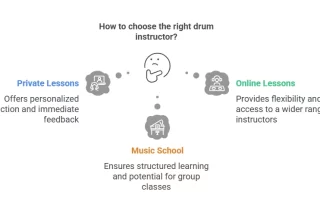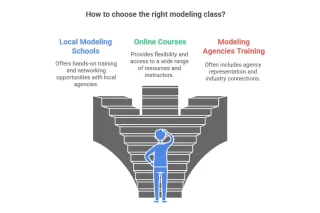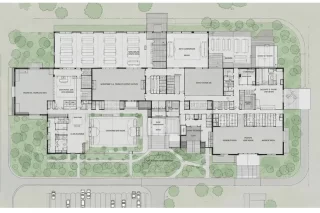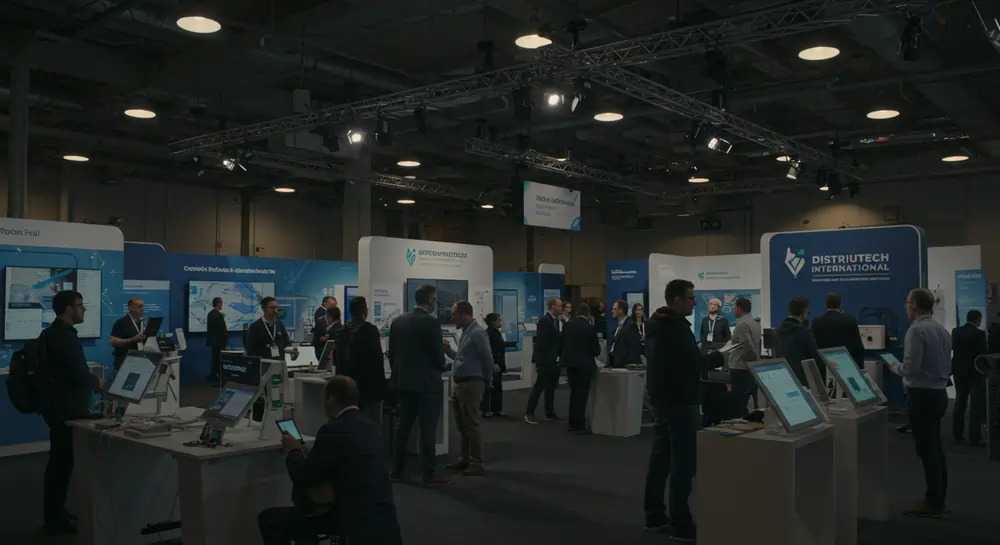
If you work in the utility sector, you’ve likely heard the buzz: DISTRIBUTECH International® 2024 was the place to be for anyone shaping the future of energy. Held from February 27–29 at the Orange County Convention Center in Orlando, Florida, this premier annual event brought together over 18,000 attendees, 500+ exhibitors, and 400 speakers to tackle the most pressing challenges in transmission and distribution (T&D) systems. From renewable energy integration to AI-driven grid analytics, the conference was a masterclass in balancing cutting-edge ambition with real-world pragmatism. Let’s unpack what made this year’s conference a milestone—and what it means for the energy sector in 2024 and beyond.
Why DISTRIBUTECH 2024 Mattered: A Snapshot
DISTRIBUTECH International isn’t just another industry event—it’s the leading annual transmission and distribution gathering where utilities, startups, and tech giants collide. This year’s theme? “Transformation Through Innovation.” And transform it did. With sessions on everything from cybersecurity for virtualized control systems to EVSE interconnection strategies, the conference offered a panoramic view of where the grid is headed.
Key Stats:
- Location: Orlando, FL (specifically, the Orange County Convention Center)
- Attendance: ~18,000 delegates, including 3,500+ utility professionals
- Exhibitors: 500+ companies, from Duke Energy to AI disruptors like Camus Energy
- Hot Topics: Renewable energy integration, DER management, grid resiliency and reliability, and AI’s role in T&D system operations
For those who couldn’t attend, here’s what you missed—and why it matters for 2025.
Read Also https://prepare4test.com/ethernet-color-code/
Grid Modernization: The Backbone of the Energy Transition
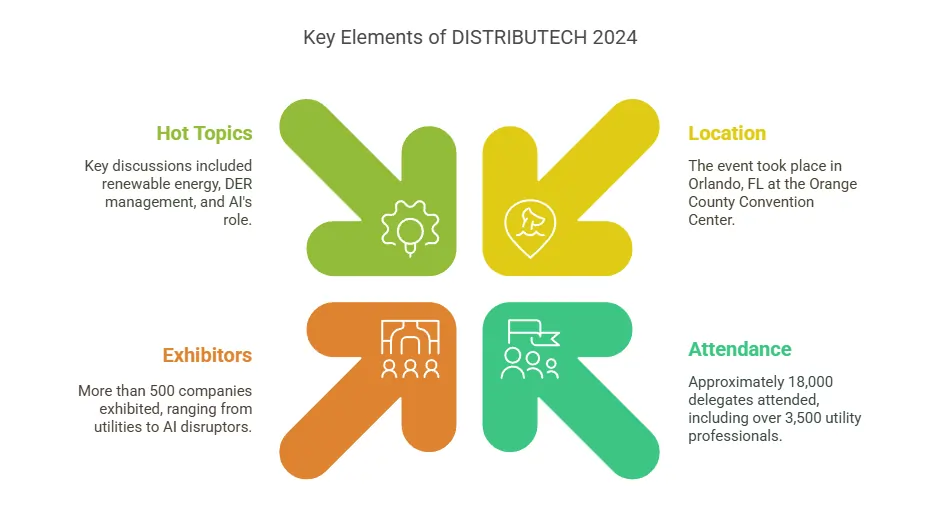
The grid isn’t just getting smarter—it’s getting savvier. DISTRIBUTECH 2024 hammered home that grid modernization is no longer optional. With rising renewable energy adoption and distributed energy resources (DERs) like solar and EVs straining legacy infrastructure, utilities are racing to adopt automation, advanced metering, and analytics platforms.
Spotlight on Innovation:
- ABB showcased virtualized protection and control systems that replace hardware with software, slashing costs and boosting flexibility.
- Duke Energy highlighted their work on resiliency and reliability, emphasizing underground grid upgrades to withstand Florida’s hurricane season.
- Cisco tackled cybersecurity gaps in digitized grids, stressing the need for “zero trust” architectures as threats evolve.
But the real star? Distributed energy resource management systems (DERMS). Companies like Camus Energy demonstrated how their platforms enable seamless integration of solar, storage, and EV charging, turning DERs from grid stressors into grid supporters. As one expert quipped, “The future isn’t just about building more lines—it’s about wringing every ounce of efficiency from what we have.”
People Also Read https://prepare4test.com/product-category/cisco/ccps/
Renewables, DERs, and the Art of Grid Balancing
If DISTRIBUTECH 2024 had a mantra, it’d be: “Renewables are inevitable, but integration is tricky.” Sessions like “EV Managed Charging: Driving Customer-Centric Solutions” (featuring PSEG Long Island and NV Energy) revealed how utilities are using analytics and time-of-use rates to balance EV adoption with grid stability. Meanwhile, advanced metering infrastructure (AMI) emerged as a linchpin for managing demand response in real time.
DER Management Challenges:
| Challenge | Solution Spotlight |
|---|---|
| Overloaded transformers | Predictive load forecasting via AI |
| Solar curtailment | Dynamic DER orchestration platforms |
| EV charging congestion | Managed charging algorithms + TOU rates |
| Aging infrastructure | Solid-dielectric switchgear (per FirstEnergy) |
One standout session, “Navigating DC Microgrids,” hosted by ABB, argued that direct-current systems could revolutionize how we handle renewable energy and storage. Spoiler: DC microgrids reduce conversion losses, making them ideal for solar-rich regions.
AI in Utilities: Hype vs. Reality
Ah, AI—the buzzword that dominated DISTRIBUTECH 2024. While keynotes painted visions of self-healing grids and ChatGPT-style customer service bots, breakout sessions told a subtler story. Yes, utilities are experimenting with AI, but adoption is slow. Why?
The Good:
- Consumers Energy uses AI for crew scheduling, cutting downtime by 20%.
- AEP’s digital twin, powered by AI, spots grid errors before they cause outages.
- NiSource shared how AI tools improved leak detection in gas pipelines.
The Ugly:
- Data quality issues plague AI projects. One utility’s document-review AI failed spectacularly because it pulled outdated info.
- Pilot programs stall due to legacy system incompatibility. As one speaker noted, “AI is only as good as the data—and infrastructure—it’s built on.”
Lux Research put it bluntly: Generative AI won’t transform utilities overnight. But for niche tasks like predictive maintenance or fraud detection? It’s already delivering value.
Read More https://prepare4test.com/product-category/cisco/cct-data-center/
Cybersecurity: The Silent Grid Guardian
With great digitization comes great vulnerability. Cybersecurity was a recurring theme, especially for virtualized and cloud-based control systems. Cisco’s sessions stressed embedding security into grid design, not bolting it on later. Meanwhile, startups pitched AI-driven threat detection tools that learn grid behavior to spot anomalies.
Key Takeaway: Utilities can’t afford to treat cybersecurity as an IT problem—it’s a core reliability issue.
The Utility Sector’s Innovation Paradox
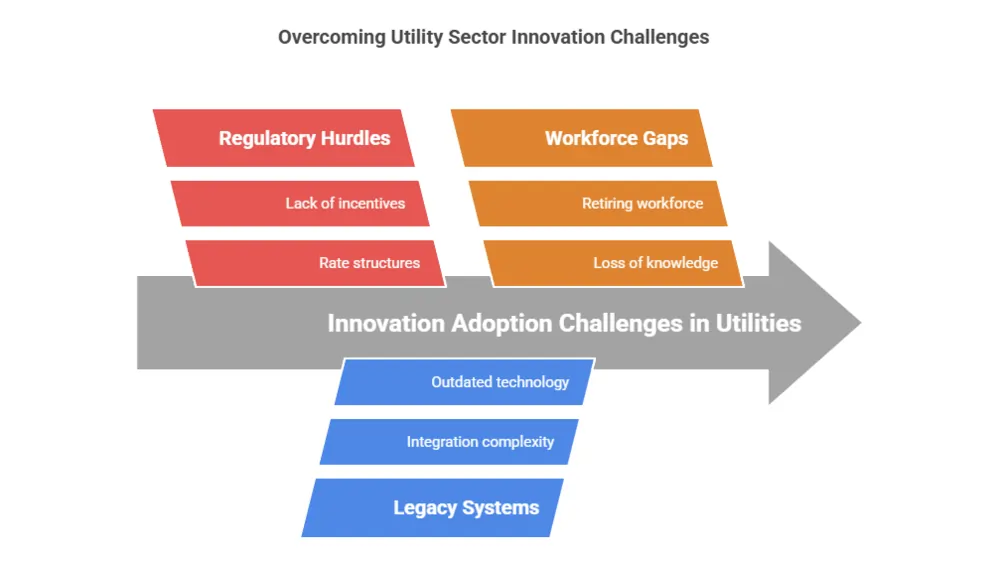
Here’s the elephant in the room: Utilities are conservative. They prioritize reliability over revolution, and for good reason. AEP’s CTO summed it up: “We’re not just adopting tech—we’re ensuring it won’t fail during a heatwave.” This caution explains why flashy innovations often face long pilot phases.
Adoption Roadblocks:
- Regulatory Hurdles: Rate structures rarely reward innovation.
- Legacy Systems: Integrating AI with 40-year-old SCADA systems isn’t simple.
- Workforce Gaps: Older workers retire, taking institutional knowledge with them.
Yet, DISTRIBUTECH 2024 proved the industry is inching forward. Sessions on workforce development and partnering with startups highlighted paths to bridge these gaps.
What’s Next? Predictions for 2025
As DISTRIBUTECH International packs up for 2025 (rumored to return to Dallas), here’s what to watch:
- AI Maturation: Tools that solve specific pain points (e.g., wildfire prediction) will gain traction.
- DERMS 2.0: Next-gen platforms with real-time network awareness will emerge.
- Climate Resilience: Expect more advanced metering and flood-resistant substation designs.
- Policy Shifts: Post-2024 elections, new incentives for grid modernization could unlock funding.
You Will Like This https://prepare4test.com/product-category/cisco/cct-routing-switching/
Final Thoughts: Why You Should Attend in 2025
Whether you’re an exhibitor, sponsor, or attendee, DISTRIBUTECH International remains the premier annual event for T&D professionals. Where else can you debate microgrids over coffee with Duke Energy execs, then test cutting-edge analytics platforms minutes later?
Pro Tip for 2025: Book early—Orlando’s hotels fill fast, and you won’t want to miss the session on quantum computing’s grid potential.
So, mark your calendars for February 2025. As the energy sector’s transformation accelerates, DISTRIBUTECH will continue to be where the future gets built—one resilient, reliable innovation at a time.
Forward to seeing you in Dallas?
FAQs
What were the key highlights of DISTRIBUTECH International 2024 that took place in Orlando?
DISTRIBUTECH International 2024 that took place in Orlando from February 27-29 delivered numerous noteworthy highlights. The event showcased groundbreaking advancements in resiliency and reliability across the power sector, with a strong focus on grid modernization. Attendees witnessed cutting-edge technology demonstrations related to electricity delivery automation and digital transformation.
The conference featured over 300 speakers delivering insights across 14 educational tracks, alongside an exhibition floor displaying innovations from more than 350 companies. Key themes included decarbonization, sustainability, and evolving business models to accommodate distributed energy resources. The in-person format facilitated valuable meetings and networking opportunities between utilities, solution providers, and industry experts, making it an exceptionally productive event for advancing the future of electricity distribution.
Which companies had the most impressive booths at DISTRIBUTECH International 2024?
At DISTRIBUTECH International 2024, several exhibitors stood out with particularly impressive booths. Industry giants like Siemens, ABB, and Schneider Electric showcased comprehensive solutions for grid modernization with interactive demonstrations of their latest advancements in digital grid management. GE Vernova captured attention with their innovative approach to electricity distribution and renewable integration.
Oracle and IBM displayed sophisticated data analytics platforms tailored to utility operations. Itron and Landis+Gyr presented advanced metering infrastructure (AMI) solutions, while companies like S&C Electric and Eaton demonstrated advancements in resiliency and reliability through their hardware offerings. AutoGrid and other emerging players showcased flexible solutions for distributed energy resource management.
What made these booths particularly impressive was not just their visual appeal, but the practical demonstrations showing real-world implementation of technologies that are solving current utility challenges while supporting grid modernization trends.

